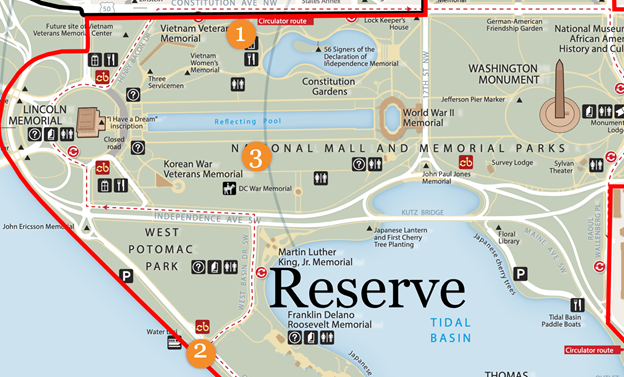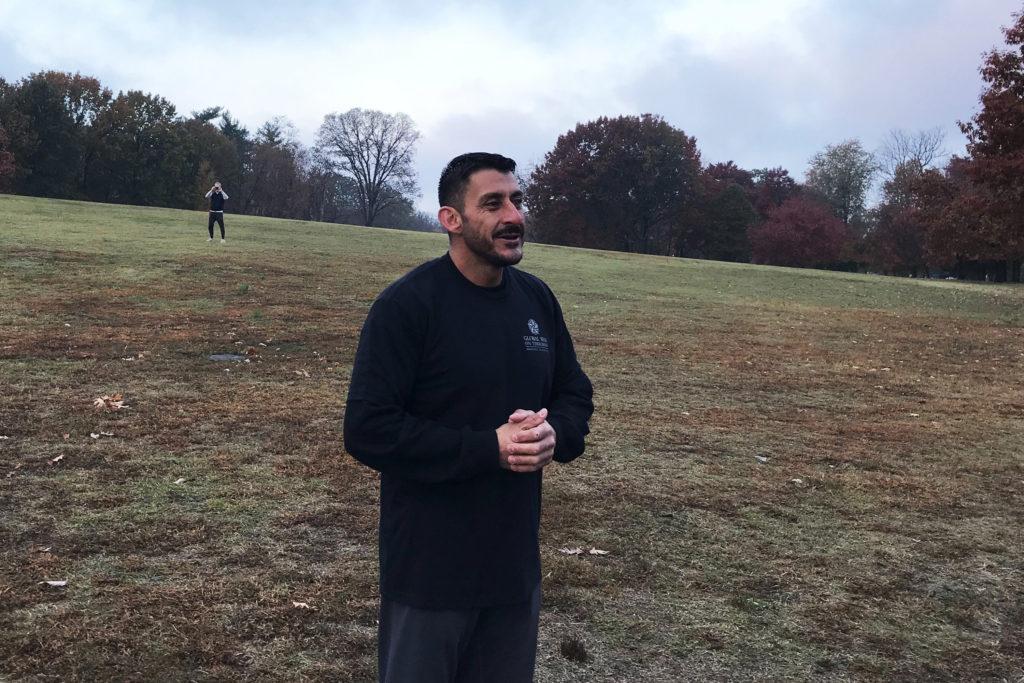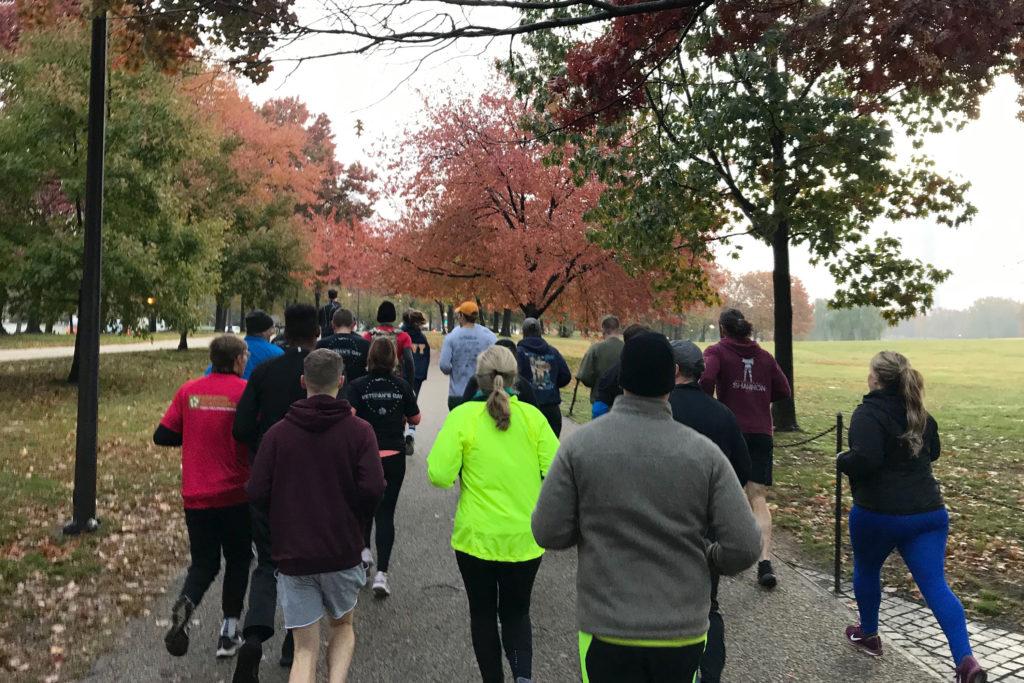
On a chilly, late November morning, a crowd of about two dozen runners waited near the Three Soldiers Statue on the National Mall.
“Not a lot gets me out to workout this early,” Rep. Mikie Sherrill of New Jersey said.
She was up at 7 a.m. with several other Congress members to show their support for a memorial Global War on Terror Memorial.
They were all there because of Democratic Rep. Jason Crow of Aurora and Republican Rep. Mike Gallagher of Wisconsin, who sponsored the Global War on Terrorism Memorial Location Act.
“You know, this has changed the course of American history. The global war on terror has changed the course of world history,” Crow said. “And of course it changed the course of most of our lives, standing here today.”
Crow said much of his life can be traced back to his military time.
“To have a place where I can bring my kids and tell them about my friends, tell them about how it changed my life would be really important,” he said.

Crow, Gallagher, Sherrill and the other congress members at the run are all veterans or public servants who served during GWOT. They’re joined by other vets, members of the GWOT Memorial Foundation and Gold Star families who lost loved ones.
They talk over the route and the pace (think leisurely jog, not a race). Soon they’re all off.
The 2-mile course passes by some of the mall’s famous memorials: the Vietnam War Memorial, the Lincoln Memorial, and the World War Two memorial. But it’s three grassy areas on the National Mall Reserve that hold the greatest interest for this group.
Just past the Vietnam Memorial, near a pond, the group stops at the first location. It’s at the bottom of a grassy rise, almost like an amphitheater.
“This is my favorite, I’m going to be honest with everybody,” Michael “Rod” Rodriguez said.
Rodriguez is a retired Special Forces Green Beret and the president and CEO of the GWOT Memorial Foundation. The organization is spearheading the creation of the memorial, and Rodriguez helped organize the run.
For him, it’s about making sure those who led and served during the GWOT now have a chance to experience the memorial.

“If we don’t get this done, our first generation leadership perhaps could never see this memorial. We’re really trying to avoid what happened to the greatest generation,” Rodriguez said.
Rodriguez’s two grandfathers fought in World War II, but never lived to see the memorial that stands between the Washington and Lincoln memorials.
Near that site, in a field where people play sports during the summer, is another contender for the GWOT memorial. And the last site is farther away — past the Tidal Basin, along the Potomac River.
For Gold Star wife Jane Horton, it doesn’t matter where the memorial is located. She just wants to see a memorial. It will be a place to educate others, Horton said.
“It will be the thing in American that teaches the country about our longest war and about what it was about and the fight for freedom and all those that have fought, bled and died,” Horton said.
It will be the place where her husband, Specialist Christopher Horton, who was killed in Afghanistan in 2011, will be remembered.

Supporters of the project have already cleared one hurdle, one caused by the fact that the GWOT is still ongoing. Usually war memorials are only considered 10 years after the end of a conflict. That bill was passed and signed into law by President Trump in August 2017. Now the bigger task will be getting a spot on the National Reserve.
But Eric Gray, a Special Forces veteran, said it should be in Washington, D.C.
“This is where a lot of people come to our nation’s capital to visit. This is where the seat of government is at,” he said.
Like Rodriguez, Gray has a preferred location, which he’s keeping to himself. He just wants to see Congress pass the bill so they can start the process of creating a memorial and honor those that served.
After the run, most people are hopeful that Congress will pass the bill. The House version has more than 30 co-sponsors, and the foundation is also talking with some senators about a companion bill.
“I would just like them to move to make sure we get a memorial here so that people, their grandchildren and so on and so forth can actually have something to go and have a place of solace,” Gray said.








